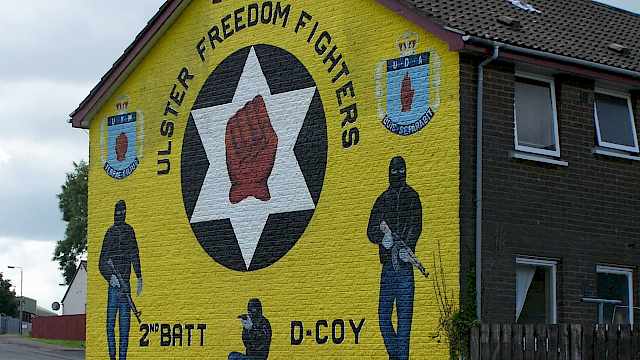Although the vast majority of far-right activists are non-violent, far-right activism has security implications in the UK and globally
Following the electoral collapse of the British National Party (BNP) from its 2009 high point, the UK far-right has lost some of its common cause and direction, fragmenting into smaller informal groups. Some groups continue to contest elections. Others have adopted direct action strategies or have taken on the role of pressure groups and talking shops.
The problems of identifying far-right groups and activists, distinguishing between ideological positions, and understanding the potential security threats posed by the far-right are complex.
Judgements are often made more difficult by a lack of clear information about groups and activists, politicised reporting and analysis, unclear terminology, and even a lack of understanding among some far-right activists about their own groups and ideologies.
Although the vast majority of far-right activists are non-violent, far-right activism has security implications in the UK and globally. Risks associated with the far-right include large-scale acts of terrorism, hate crime, and public order issues. Far-right narratives also undermine community cohesion and can support narratives offered by opposing extremist groups.
This guide is an aide to navigating this complexity. It is an introduction to the far-right in the UK and is not a comprehensive analysis of it. It provides an overview of right-wing ideologies followed by an analysis of some of the groups and networks and the main security threats the far-right presents.
Copyright Information
As part of CREST’s commitment to open access research, this text is available under a Creative Commons BY-NC-SA 4.0 licence. Please refer to our Copyright page for full details.
IMAGE CREDITS: Copyright ©2024 R. Stevens / CREST (CC BY-SA 4.0)








